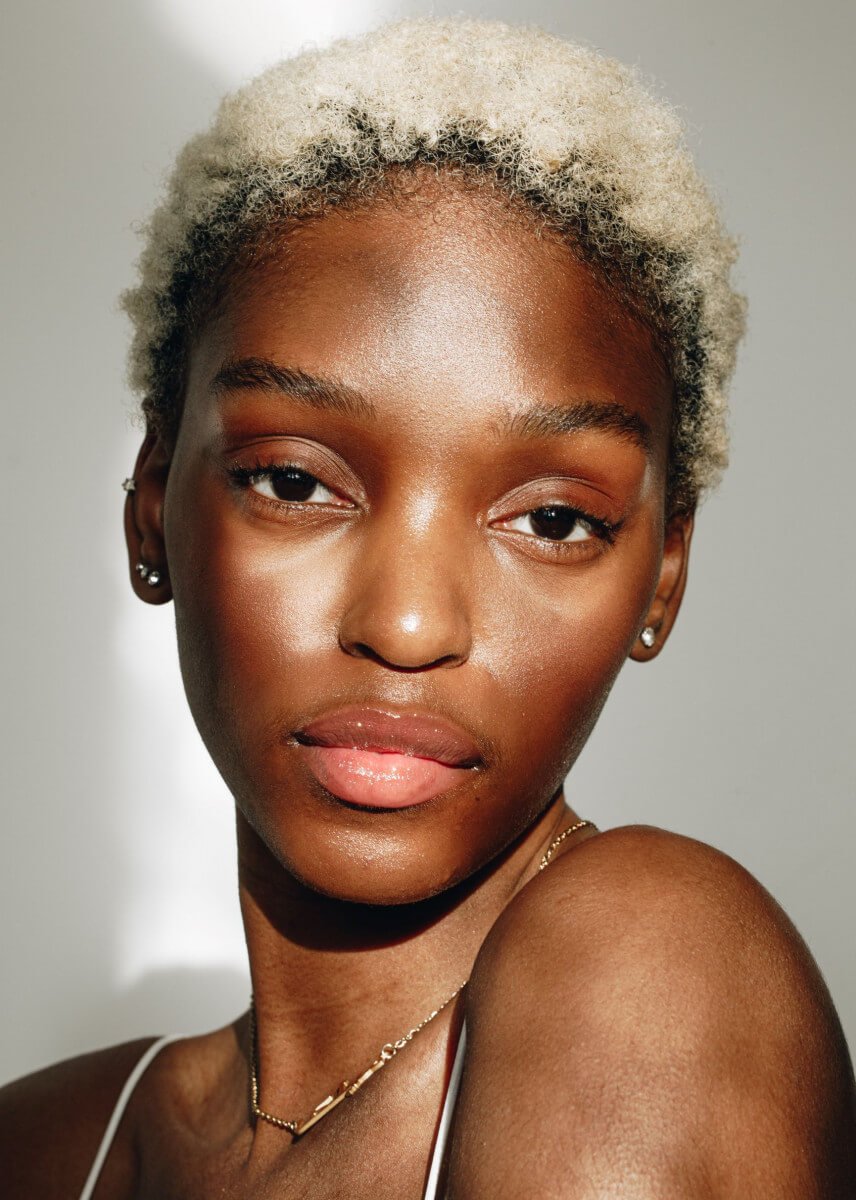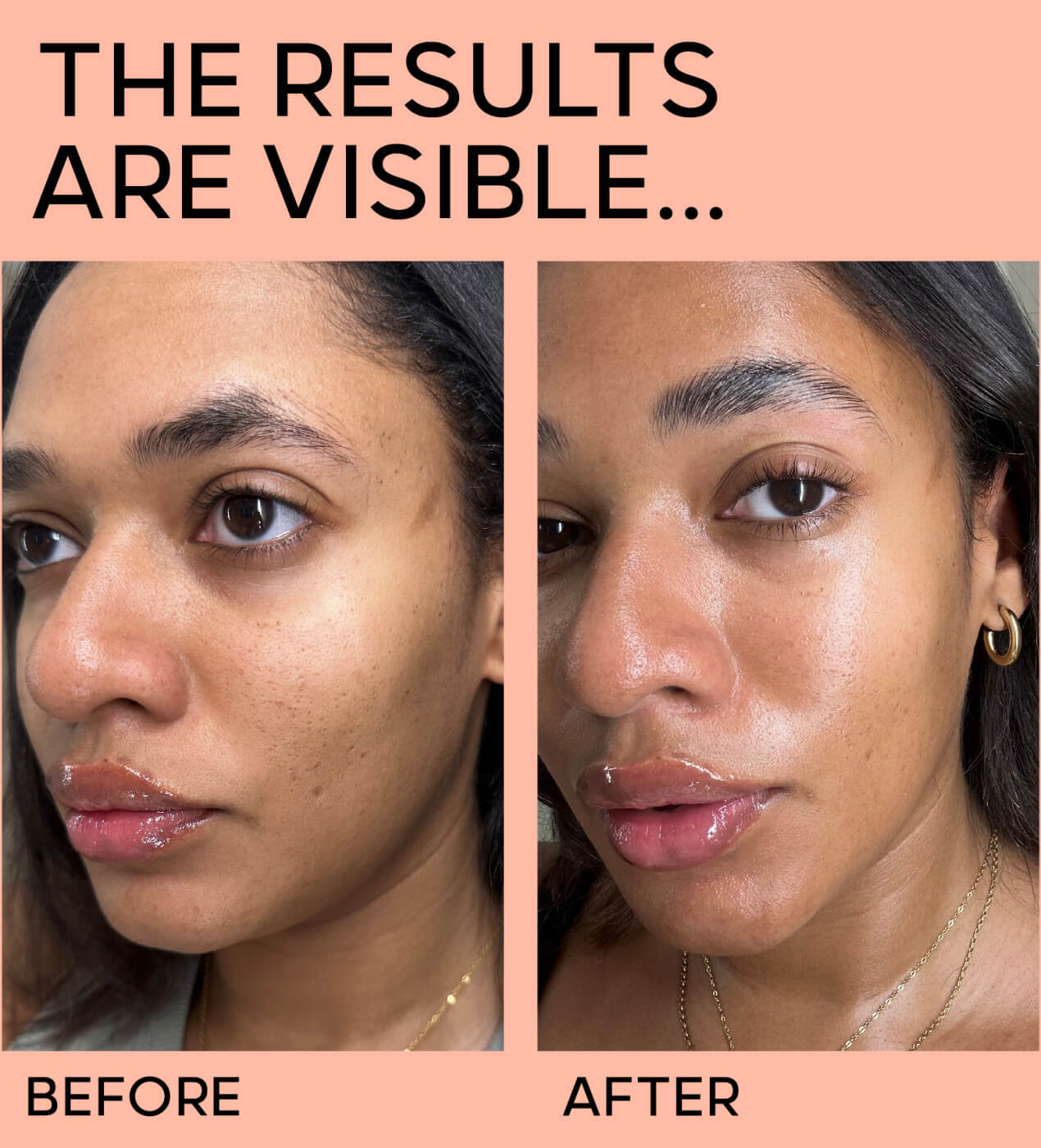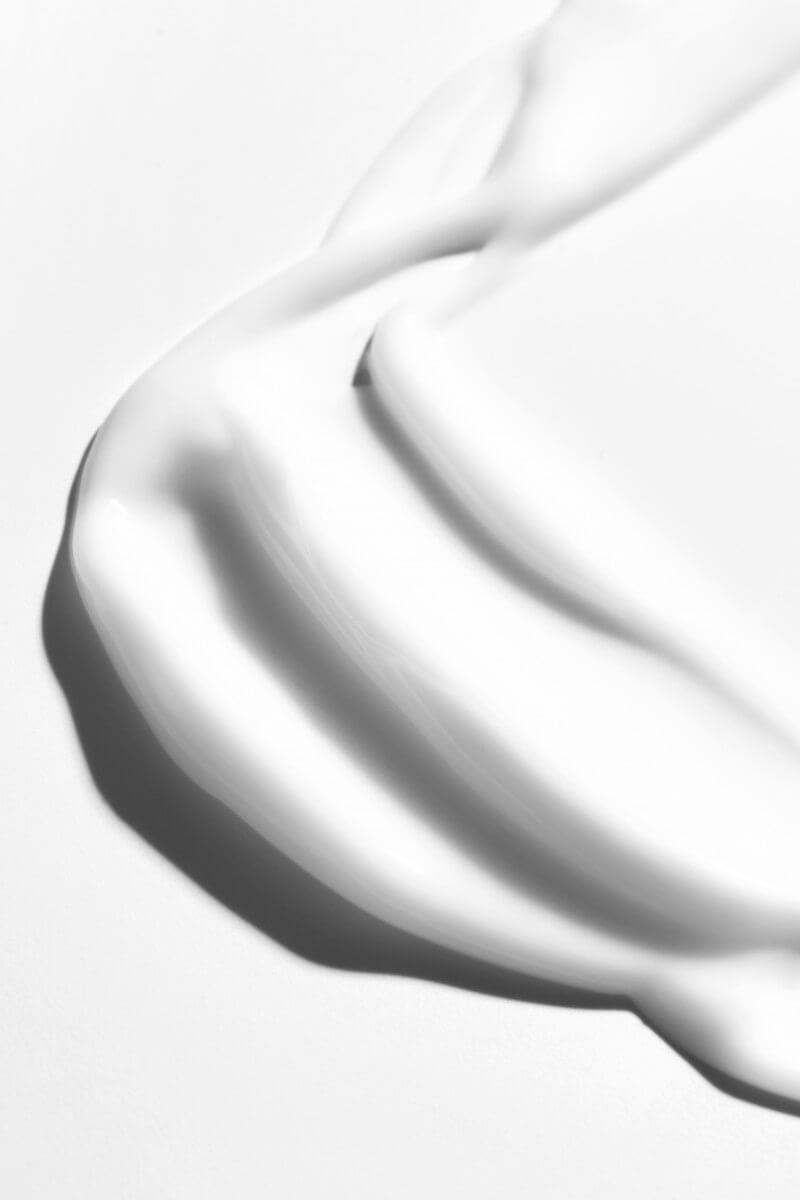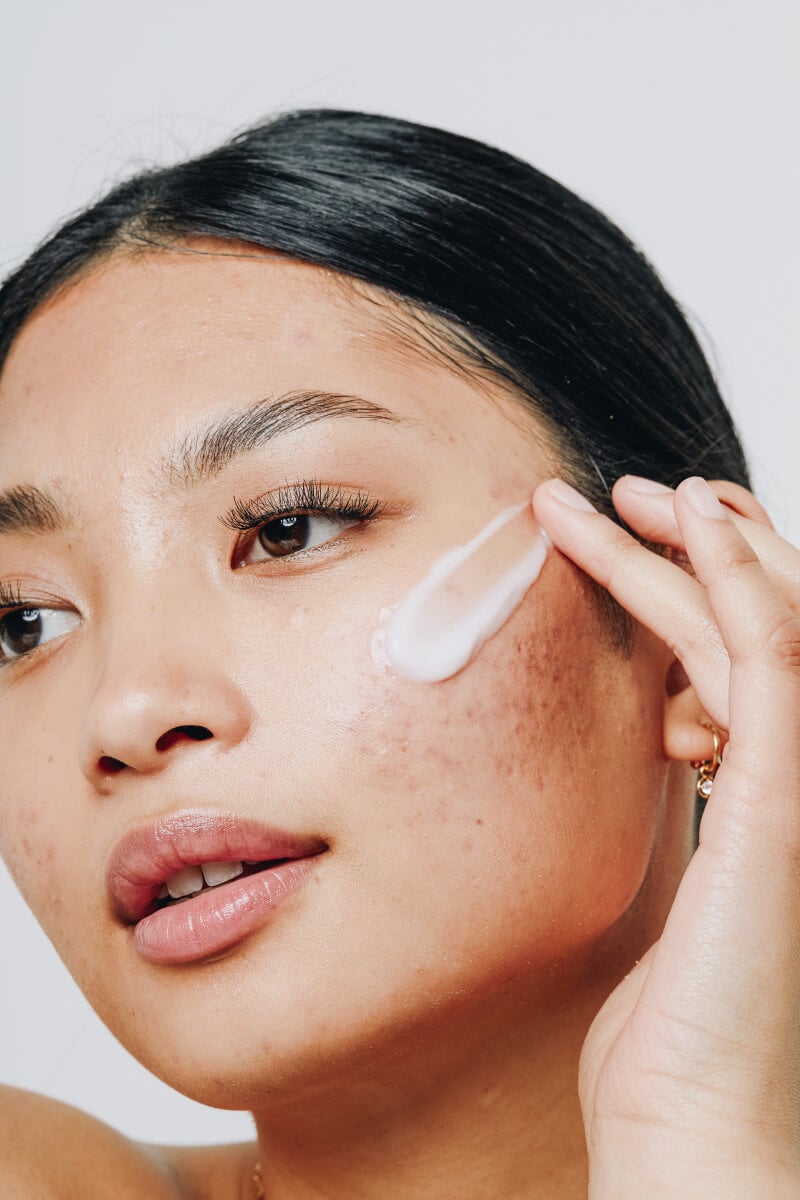In honour of World Sleep Day we’re talking skin and sleep, the good and the bad…
Turns out getting your beauty sleep is more than just a turn of phrase… essentially while we sleep our skin switches into recovery mode. Think of it this way, after a long day of fighting off UV rays, pollution, sweat and grime, your skin is finally getting a break for a little 'me-time'. This time of respite means a few things, let's talk skin and sleep…
LET'S START WITH THE GOOD…
* While we’re sleeping, our skin switches into recovery mode and it’s an important time of repair and regeneration. In fact, the regeneration process at night can be up to three times faster than during the day.
* Your body will produce more collagen. Collagen is key for keeping the skin plump and smooth and while it can be enhanced by skincare, getting those 8 hours in is going to make your serums and oils even more effective.
*Skin is much more receptive to certain ingredients, like retinols and other actives, meaning you can enhance that natural repair and recovery by using certain skincare formulas at night.
NEXT, THE LESS THAN IDEAL…
*We tend to produce less sebum while we sleep and less natural oils on the skin can lead to transepidermal water loss. Your skin’s temperature also increases at night, so skin can become a little drier.
* Sleep isn't just a stress-reliever for your mind and body, but your skin too. A lack of sleep increases your cortisol levels (that's the stress hormone), putting your skin in an inflammatory state. This can mean sullen-looking skin and puffiness around the eyes.
SO WHAT DOES THIS MEAN FOR YOUR SKINCARE ROUTINE?
1. Firstly you want to counteract the bad. Look to plump skin with hydrating ingredients, such as natural oils, hyaluronic acid and ceramides. The Scientia Ceramide Skin Rescue was made just for this. We recommend slathering on a thick layer, and allowing the 5 types of ceramides, fatty acids, amino acids and hyaluronic acid blend to plump the skin with hydration whilst protecting and repairing your moisture barrier.
Moisture Barrier Balm

£28.00
Drench skin in a cooling veil of hydration that instantly soothes irritation… Replenishing, restorative and all about strengthening the moisture barrier, help comfort and rebuild stressed-out skin with this protective ceramide-rich skin rescue balm. A complex of 5 barrier boosting… Read More
2. Secondly you want to enhance that state of natural repair and recovery though your skincare. The perfect product for this... our Dusk Elixir. Calming, soothing, regenerating, a blend of 23 one hundred percent natural oils, this powerhouse blend of antioxidants and fatty acids plump exhausted skin with hydration. With Bakuchiol (similar to retinol), this helps boost your collagen production and tackles signs of ageing, supporting that natural regeneration as you snooze.
Travel Size Dusk Elixir 30ml

£22.00
Calming. Soothing. Regenerating. It’s time to let our 30ml travel size Dusk Elixir soothe you to (beauty) sleep. A blend of 23 one hundred percent natural oils, this powerhouse of antioxidants and fatty acids plumps exhausted skin with hydration. Enriched… Read More
P.S Here's some sleep tips…
* Did you know your body is more likely to enter deep sleep if the temperature in your bedroom is on the cooler side?
* Studies show technology can seriously affect sleep, delaying the body’s melatonin production and disrupting sleep scheduled. Try going offline 2 hours before bed.
* Essential oils like Lavender (found in our Dusk Elixir) have been shown to stabilise your mood and relax the body by slowing the heart rate.
![Scientia Beauty [see-en-cha]](http://scientiabeauty.com/cdn/shop/files/Scientia-awareness-web_230x.jpg?v=1656663400)








